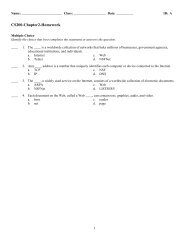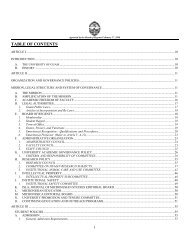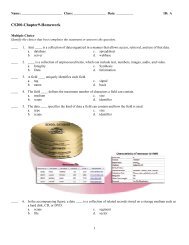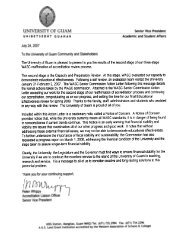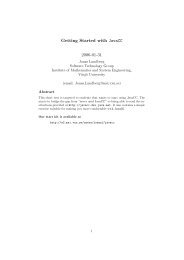Guam Business Resource Guide
Guam Business Resource Guide
Guam Business Resource Guide
Create successful ePaper yourself
Turn your PDF publications into a flip-book with our unique Google optimized e-Paper software.
Non-Current Liabilities = debt which will not become<br />
due in the next 12 months.<br />
Equity = this equates to the difference between<br />
total assets and total liabilities and may also reveal<br />
amounts of equity held in common or preferred<br />
stock, treasury stock and retained earnings.<br />
3.3.7.2 Profit and Loss Statement<br />
Your profit and loss statement (also referred to as<br />
an income statement) lists your revenues and expenses,<br />
and tells you the profit or loss of your business<br />
for a given period of time. It is helpful for<br />
planning and to help control operations expenses.<br />
List monthly projections for the first year and include<br />
the following information:<br />
Sales Projections - Include the number of units<br />
sold, the retail price, the net price and the gross<br />
revenue.<br />
Cost of Goods - Include your cost for manufacturing<br />
a single unit including labor and all other indirect<br />
costs such as shipping, packaging, etc.<br />
Controllable Expenses - This includes salaries and<br />
payroll expenses (benefits, etc.), legal and accounting<br />
expenses, advertising and marketing expenses,<br />
auto expenses, office supplies, utilities,<br />
repair and maintenance, and other outside services.<br />
Anything that fluctuates in cost from month<br />
to month.<br />
3.3.7.3 Monthly Cash Flow Projections<br />
As stated in the business planning section, cash<br />
flow management is essential to maintaining business<br />
operations. To best prepare for your cash flow<br />
needs, and to demonstrate to lenders that you<br />
have a sound idea of what your cash needs will be,<br />
prepare a monthly cash-flow projection = to summarize<br />
your likely income against your certain expenses.<br />
It is best to provide a cash flow statement<br />
for a twelve month period so that you can plan for<br />
the short and longterm. Doing so will help you determine<br />
how you should operate each coming<br />
month.<br />
There is no need to struggle developing these financial<br />
statements. The Service Corps of Retired<br />
Executives, a resource partner of the US Small<br />
<strong>Business</strong> Administration, provides excellent templates<br />
for the above mentioned financial statements<br />
at http://www.score.org/<br />
template_gallery.html., and you can source a variety<br />
of guidance tools simply by using a web<br />
browser to search for information and tips on completing<br />
templates of these statements. Remember<br />
it is always advisable to have a certified public accountant<br />
review your financial statements.<br />
Fixed Expenses - These include office rent, depreciation<br />
(amortization of capital assets), loan payments,<br />
insurance, licenses and permits, and other<br />
fixed monthly expenses.<br />
Once you have these items listed, subtract your<br />
total expenses from your gross profit to get your<br />
Net Profit (or Loss) before taxes. Enter your tax<br />
information and be sure you include all taxes such<br />
as sales tax, excise tax, property tax, etc. To arrive<br />
at your Net Profit (or loss) after taxes, take<br />
the total tax figure and subtract it from your Net<br />
Profit (or Loss) before taxes.<br />
14





![Residence Hall Application Form [PDF]](https://img.yumpu.com/46340085/1/190x245/residence-hall-application-form-pdf.jpg?quality=85)
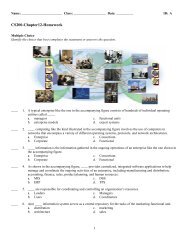

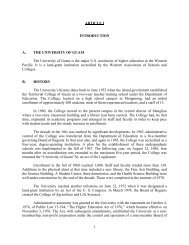
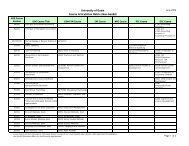
![Modern compiler design [PDF]](https://img.yumpu.com/37285279/1/190x245/modern-compiler-design-pdf.jpg?quality=85)
